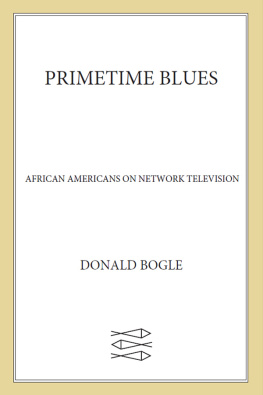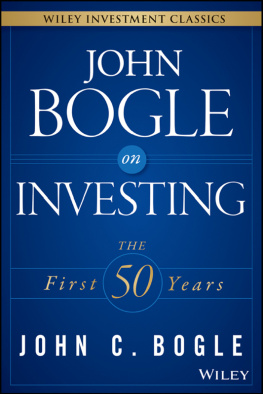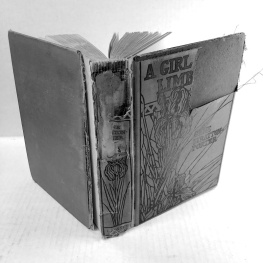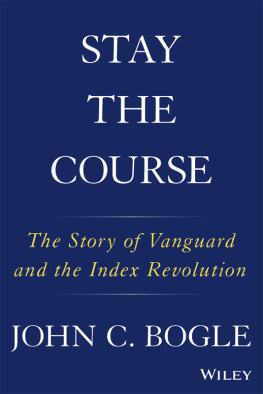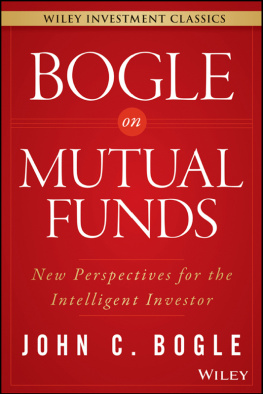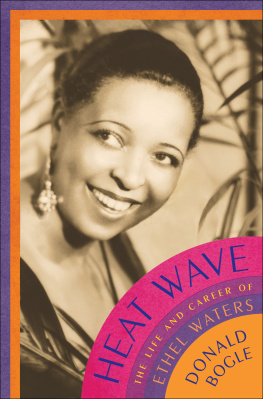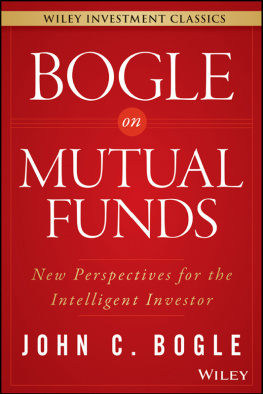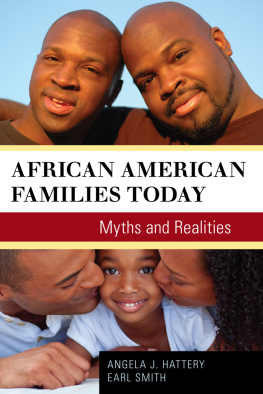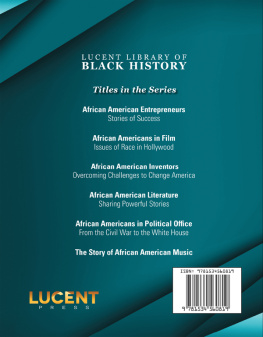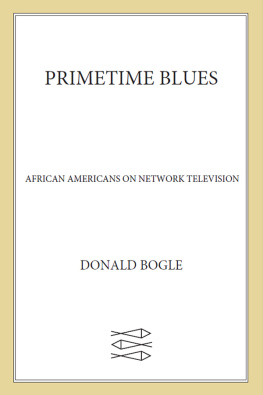There are many people to thank for their assistance and generosity during the period that I researched and wrote Primetime Blues.
Foremost, I want to thank my researcher Phil Bertelsen, who did an excellent job of finding key information on various programs and personalities. He also read an early draft of the manuscript and made perceptive comments. I was just sorry he was unable to continue working on the project. But when your researcher goes off to direct a movie, you cant argue with that.
I am also indebted to Ned Comstock at the University of Southern Californias Cinema/TV Library, who, as always, was especially helpful. Zoe Burman at the UCLA Film/Television Archives also was helpful, setting up screenings for me of past television shows. Id like to extend my gratitude to the staffs at the Museum of Television and Radio, especially Michelle Glanville; at the Schomburg Center for Research in Black Culture; at the Billy Rose Theatre Collection at the Library of Performing Arts at Lincoln Center; and at the Margaret Herrick Library of the Academy of Motion Pictures Arts and Sciences in Los Angeles. Howard Mandelbaum of Photofest was of great assistance in tracking down rare television stills.
In Los Angeles, my friend Jerald Silverhardt of MB Artists Management proved more useful than he may have realized. He kept me informed of the activities of various production companies, directors, writers, producers, and performers. Because he knows the industry inside out, it was always good to discuss new programs with him and to hear the industry buzz on various projects. The same was true of my conversations with Janet Alhanti, who is one of the countrys finest acting teachers and coaches. It was extremely useful to discuss the work of various actors and actresses. Janet knows exactly what can go rightor disastrously wrongin a performance. I value all of her insights.
It was also helpful to discuss various ideas with my good friend Debra Martin Chase of BrownHouse Productions. She has a clear understanding and appreciation for old Hollywood and the problems so many earlier African American actors and actresses had to endure. I also frequently discussed in detail various sitcom episodes with Leah Hunter of BrownHouse, who has an almost encyclopedic knowledge of programs, past and present.
My friend Cheryll Greene proved helpful in sharing her impressions of recent television programs. She also read an early draft of the manuscript and offered very intelligent and insightful comments. My good friend Bruce Goldstein at New Yorks Film Forum remains a fountain of knowledge, not only on American movie history but also on the early years of television.
Id like to express my gratitude to Ayana Charleston and Hassan Charleston for their assistance with the researchand for their enthusiasm throughout the writing of this book. Another researcher, Knox Robinson, also proved very skillful at digging up all the TV reviews, interviews, and articles I requested. Even I was surprised at what he was able to find. Id also like to thank several former students for the research they compiled: Charles Adams, Cheryl Williams, Awura-Adzua Backman, Michael Gerber, Erica Freeman, Vincent Roth, and Hayley Thomas. Former student Asia Slowe did an especially fine job of tracking down articles in TV Guide.
No book is ever completed without the help of friends and associates. I feel fortunate in having friends and associates who have been able to deal with and also respect my idiosyncrasies. So I have to express my gratitude to the following: my great friend Sarah Orrick Thompson; Ronald Mason, who helped me surf the Internet in search of information on African American performers and directors; Harry Ford III; Joerg Klebe; Jeanne Moutoussamy Ashe; Barbara Reynolds; Herma Ross Shorty; Alan Sukoenig and Hiroko Hatanaka; Robert Katz and Jay Peterson of VHI; Pele Charleston of E! Entertainment; Evander Lomke; Carol Scott Leonard; Gwen Leonard; Sally Placksin; Harold and Fayard Nicholas; Rigmor Newman Nicholas; Emery Wimbish; H. Alfred Farrell; Anna Deavere Smith; Martin Radburd; Bettina Batchleor; Jacqueline Mosley; Roslynne Bogle; Jeanne Charleston; Janet Schenck; Susan Peterson; Ann Marie Cunningham; Harold Jovien; Daniel Beer; Peg Henehan; Bob Silverstein; Clisson Woods; David Aglow; the director William Greaves and his wife, Louise; Ivan Dixon; Neema Barnette; Linda Tarrant-Reid (who helped me find a new researcher); Dorothy McConnell; Gerald and Irene Mayer; Kathe Sandler; television veteran and good friend Marian Etoile Watson; and that marvel of intelligence and insight, the great Geri Branton. And, of course, Charlotte and the very elusive Peggy.
Id also like to thank my colleagues at New York Universitys Tisch School of the Arts: Dean Mary Schmidt Campbell, who is always encouraging; my friend and the former chair of the Dramatic Writing Department, Janet Neipris; the current chair of the Dramatic Writing Department, Mark Dickerman; David Ranghelli; Susan Dwyer; my former teaching assistants Josslyn Luckett (now a writer for The Steve Harvey Show), Myla Churchill, and Anne Washburn; and my former students Jennifer Chen and Kyona Levine. I also want to extend my gratitude to Audrey Smith Bey and Gale Garrison in the Afro-American Studies Program at the University of Pennsylvania.
As always, my agent, Marie Dutton Brown of Marie Brown Literary Associates, proved encouraging and helpful. She has always been the perfect person to discuss any professional problem or hassle with. Her insights and fundamental optimism always make any difficult situation seem less so. Id also like to thank her staffpast and presentfor their assistance: Lesley Ann Brown, Lisa Davis, David Jackson, and Joana Blankman.
The staff of Farrar, Straus & Giroux has been of great assistance, especially Robyn Creswell, Peter Miller, copy editor Jack Lynch, and Rahel Lerner.
Finally, I must thank my editor, Elisabeth Kallick Dyssegaard, who, throughout the long period that it took me to complete this book, has always been encouraging and thoughtful. Ive appreciated and valued her comments and suggestions, all of which have been intelligent and perceptive. I also have to thank her for her great patience. Somehow she coped with various delays. A writer feels mighty fortunate if he has a sensitive and informed editor. Elisabeth has been thatand so much more. I cannot thank her enough.
About the Author
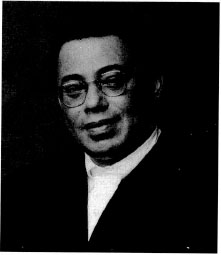
Donald Bogle
Primetime Blues
Donald Bogle, one of the countrys foremost authorities on African Americans in films, is the author of three prize-winning books. Toms, Coons, Mulattoes, Mammies, and Bucks: An Interpretive History of Blacks in American Films is considered a classic study of Black movie images. Brown Sugar: Eighty Years of Americas Black Female Superstars was adapted into a four-part PBS series. Dorothy Dandrige: A Biography won wide critical acclaim. Bogle teaches at the University of Pennsylvania and New York Universitys Tisch School of the Arts. He lives in Manhattan. You can sign up for author updates here.
See the Notes for articles and other sources.
Agee, James. On Film. Boston: Beacon Press, 1968.
Altschuler, Glenn C., and David I. Grossvogel. Changing Channels: America in TV Guide. Urbana: University of Illinois Press, 1992.
Andrews, Bart, and Ahrgus Juilliard. Holy Mackerel!: The Amos n Story. New York: E. P. Dutton, 1986.
Andrews, William L., and Frances Smith Foster and Trudier Harris. The Oxford Companion to African American Literature. New York: Oxford University Press, 1997.

